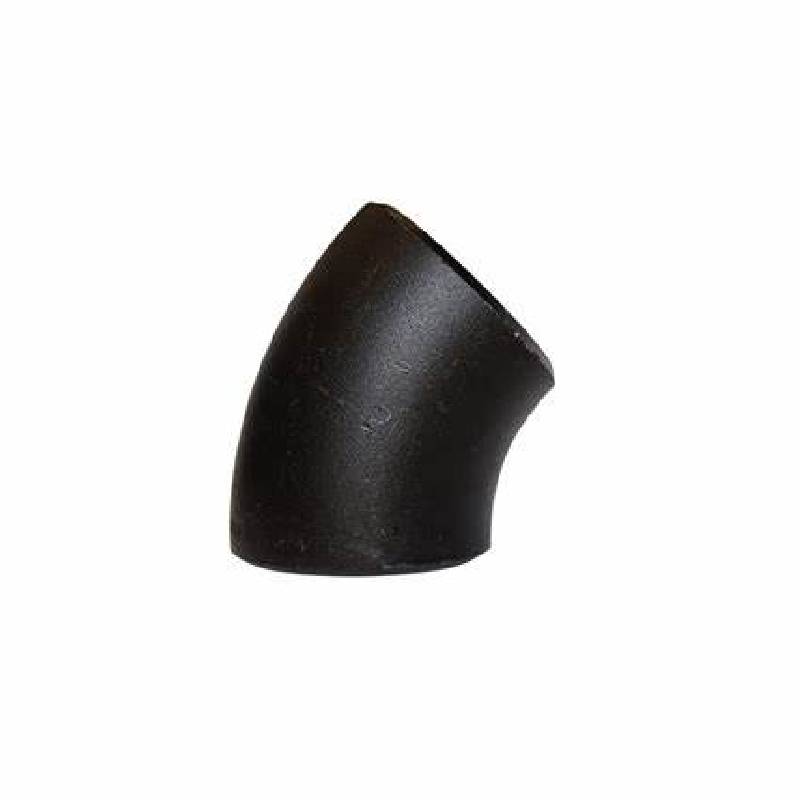-
Cangzhou Yulong Steel Co., Ltd.
-
Phone:
+86 13303177267 -
Email:
admin@ylsteelfittings.com
- English
- Arabic
- Italian
- Spanish
- Portuguese
- German
- kazakh
- Persian
- Greek
- French
- Russian
- Polish
- Thai
- Indonesian
- Vietnamese
- Zulu
- Korean
- Uzbek
- Hindi
- Serbian
- Malay
- Ukrainian
- Gujarati
- Haitian Creole
- hausa
- hawaiian
- Hebrew
- Miao
- Hungarian
- Icelandic
- igbo
- irish
- Japanese
- Javanese
- Kannada
- Khmer
- Rwandese
- Afrikaans
- Albanian
- Amharic
- Armenian
- Azerbaijani
- Basque
- Belarusian
- Bengali
- Bosnian
- Bulgarian
- Catalan
- Cebuano
- China
- China (Taiwan)
- Corsican
- Croatian
- Czech
- Danish
- Esperanto
- Estonian
- Finnish
- Frisian
- Galician
- Georgian
- Kurdish
- Kyrgyz
- Lao
- Latin
- Latvian
- Lithuanian
- Luxembourgish
- Macedonian
- Malgashi
- Malayalam
- Maltese
- Maori
- Marathi
- Mongolian
- Myanmar
- Nepali
- Norwegian
- Norwegian
- Occitan
- Pashto
- Dutch
- Punjabi
- Romanian
- Samoan
- Scottish Gaelic
- Sesotho
- Shona
- Sindhi
- Sinhala
- Slovak
- Slovenian
- Somali
- Sundanese
- Swahili
- Swedish
- Tagalog
- Tajik
- Tamil
- Tatar
- Telugu
- Turkish
- Turkmen
- Urdu
- Uighur
- Welsh
- Bantu
- Yiddish
- Yoruba

Aug . 17, 2024 01:03 Back to list
Understanding ASTM A333 Grade 6 Standards for Low-Temperature Carbon Steel Pipes
Understanding ASTM A333 Grade 6 Specifications and Applications
ASTM A333 Grade 6 is a specification set forth by the American Society for Testing and Materials (ASTM) for seamless and welded steel pipes intended for low-temperature service. This specification plays a critical role in various industries, particularly in oil and gas, power generation, and chemical processing. In this article, we will delve into the specifications, properties, applications, and benefits of ASTM A333 Grade 6.
Specifications
ASTM A333 Grade 6 is a carbon steel alloy specifically designed for use at temperatures as low as -50°F (-45°C). The standard outlines the requirements for seamless and welded steel pipes, ensuring they possess the necessary toughness and impact resistance for cryogenic service. The grades are divided into two classes Class 1, which is made from killed steel, and Class 2, which may be made from either killed or semi-killed steel.
The chemical composition of ASTM A333 Grade 6 plays a significant role in its performance. The primary elements include carbon, manganese, phosphorus, sulfur, and silicon, which are present in specific limits. For Grade 6, the carbon content is typically limited to a maximum of 0.30%, while manganese can be as high as 1.35%. Other elemental limits ensure the material has adequate strength and ductility to perform in low-temperature conditions.
Mechanical Properties
Understanding ASTM A333 Grade 6 Specifications and Applications
Applications
astm a 333 gr 6

ASTM A333 Grade 6 pipes are widely used in several critical applications that involve low-temperature services. These include
1. Oil and Gas Industry The specification is pivotal in the exploration and transport of natural gas and crude oil, particularly in regions where the temperatures can drop significantly.
2. Power Generation In cryogenic applications and energy production processes, such as LNG (Liquefied Natural Gas) processing facilities, Grade 6 pipes ensure reliability and safety.
3. Chemical Processing The specification is also used in various chemical plants where the materials encounter extremely low temperatures.
Benefits
One of the primary benefits of ASTM A333 Grade 6 is its ability to maintain performance and safety in low-temperature environments. The excellent toughness and ductility of this grade minimize the risk of brittle fracture, which can lead to catastrophic failures in structural applications. Additionally, its weldability allows for easier fabrication and installation, making it a preferred choice among engineers and project managers.
Conclusion
In summary, ASTM A333 Grade 6 is an essential specification for those working in industries that require materials capable of performing reliably under low-temperature conditions. Understanding its specifications, mechanical properties, and applications is crucial for ensuring safety and efficiency in critical infrastructure. As industries continue to evolve and push the boundaries of technology, the importance of robust materials like ASTM A333 Grade 6 will only grow, cementing its role as a foundation for modern engineering practices.
Latest news
-
ANSI 150P SS304 SO FLANGE
NewsFeb.14,2025
-
ASTM A333GR6 STEEL PIPE
NewsJan.20,2025
-
ANSI B16.5 WELDING NECK FLANGE
NewsJan.15,2026
-
ANSI B16.5 SLIP-ON FLANGE
NewsApr.19,2024
-
SABS 1123 FLANGE
NewsJan.15,2025
-
DIN86044 PLATE FLANGE
NewsApr.19,2024
-
DIN2527 BLIND FLANGE
NewsApr.12,2024
-
JIS B2311 Butt-Welding Fittings LR/SR 45°/90° /180°Seamless/Weld
NewsApr.23,2024











